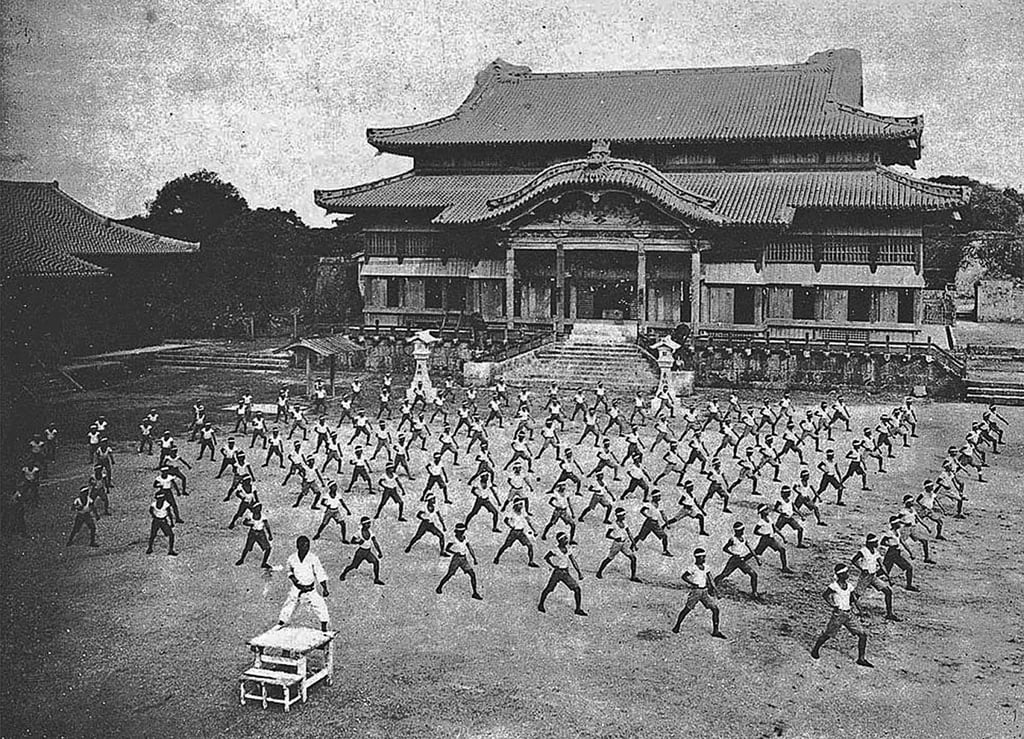Language Matters | Karate debuts at the Tokyo Olympics, but where did the 15th century martial art get its name? And what does ‘osu’ mean?
- Created in Okinawa 700 years ago, the martial art was first called toudi or ‘Chinese hand’
- In the 20th century, to skirt anti-Chinese sentiment and to help its spread in Japan, the name was changed to ‘open hand’ or karate

From the indigenous Ryukyuan martial arts tii, “hand” in Okinawan, and influenced by empty-handed Chinese kung fu during intense cultural exchanges in the middle centuries of the millennium, a martial art developed that was originally called 唐手•, literally “Tang dynasty hand”, or “Chinese hand”, pronounced toudi in Okinawan.
In bringing the art to mainland Japan, 20th century Okinawan practitioners adopted two changes. Given Sino-Japan tensions, to get around the reference to China and avoid anti-China sentiments, the first character was replaced by an alternative – homophonous – character, to give 空手• meaning “empty hand”. This also elegantly evoked the Zen philosophy of emptiness. And Okinawan masters agreed in 1936 to officially adopt the Japanese, rather than Okinawan, pronunciation for better mainstream promotion – thus the Okinawan toudi became the Japanese kara “empty” + te “hand”.
Olympic karate features two types of event. Kata 形• (hiragana: かた•), meaning “shape, model”, comprises formalised sequences of movements representing offensive and defensive postures, based on idealised combat. Kumite, from 組み手• (hiragana: くみて•) “entangled, intertwined” + “hands”, are the sparring competitions.

Enthusiastic supporters may be cheering karateka with the familiar call of “Osu!” (with the final vowel barely pronounced, often represented as “Oss”, also adopted in other martial arts such as Brazilian jiu-jitsu and mixed martial arts). Views on its etymology are varied, though it is acknowledged that osu did not originate in Okinawa. Some suggest it is a contraction of onegaishimasu, roughly translated as “I am in your care” or “please have patience with me”, used in dojos as an honorific “please” when requesting assistance from teachers or seniors.

